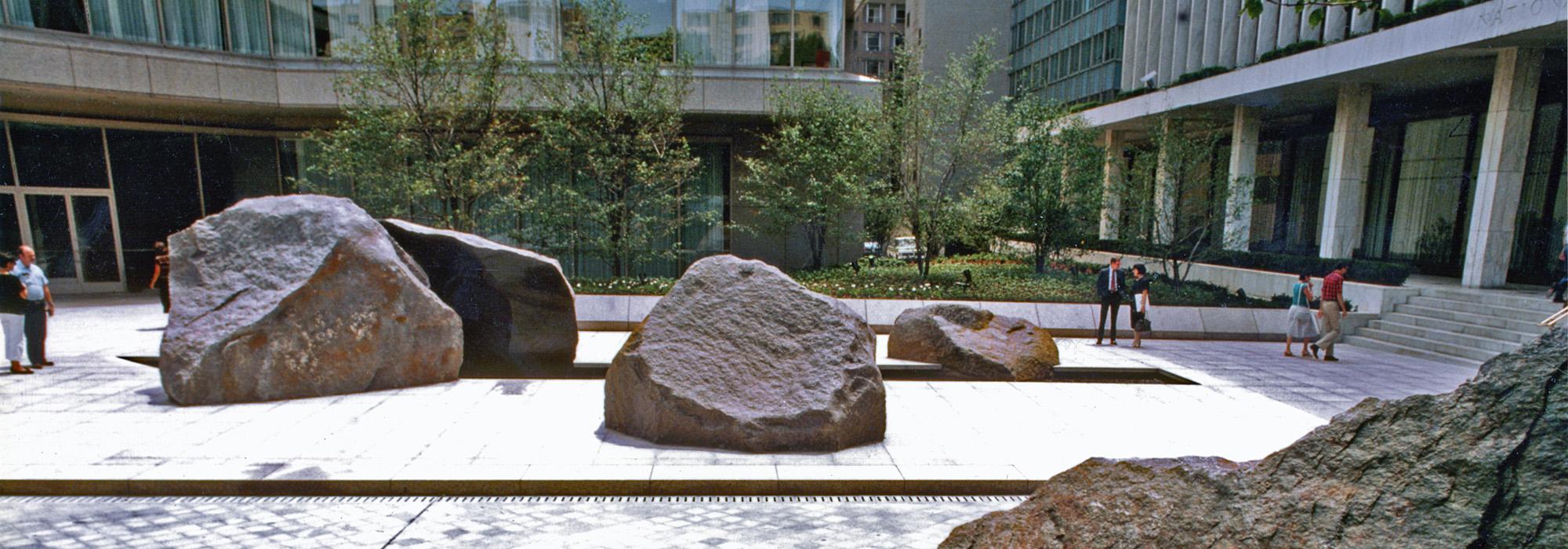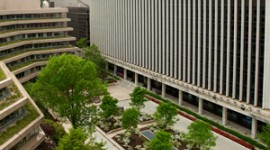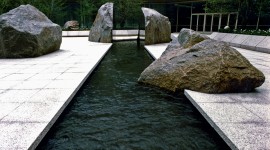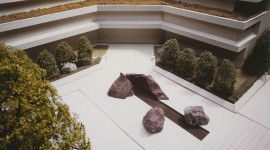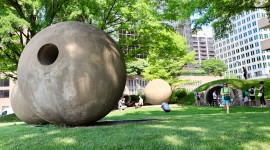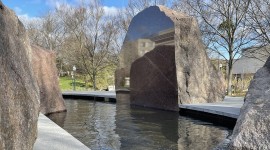Landslide
MARABAR is Saved
There is good news to report about MARABAR, the site-specific installation by the New York-based artist Elyn Zimmerman located at the National Geographic Society world headquarters in Washington, D.C. that was threatened with demolition.
MARABAR will not be demolished; however, it will have to leave the NGS campus.



